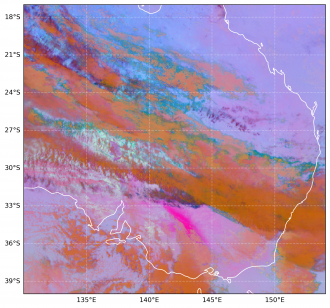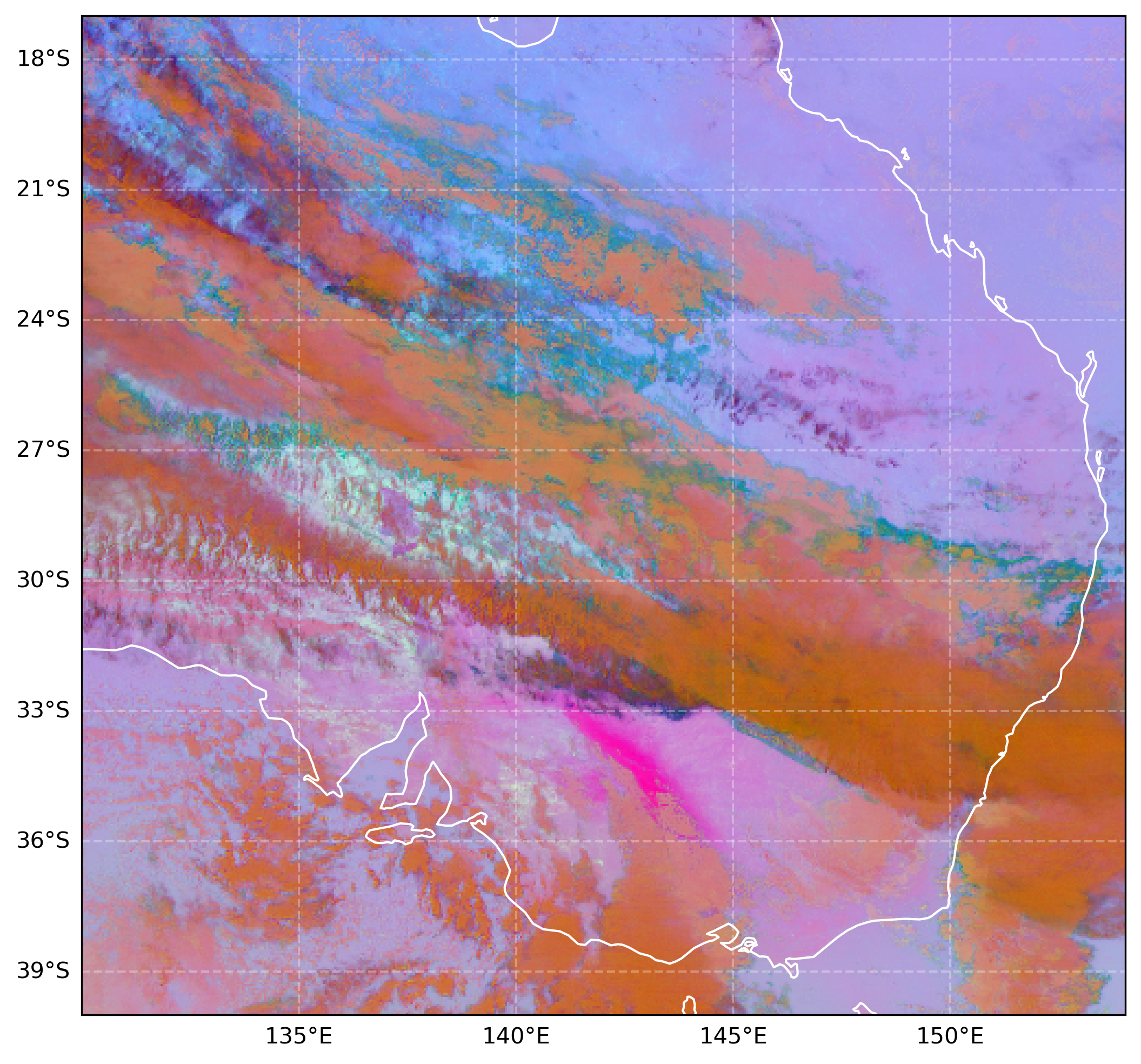Expert Reaction
These comments have been collated by the Science Media Centre to provide a variety of expert perspectives on this issue. Feel free to use these quotes in your stories. Views expressed are the personal opinions of the experts named. They do not represent the views of the SMC or any other organisation unless specifically stated.
Dr Gavin Pereira is a Professor of Epidemiology and Biostatistics at Curtin University
Dust storms like the one affecting Sydney are not just an outback issue. They increasingly threaten urban areas, particularly as climate change intensifies drought and land degradation. The dust is a mix of both coarse and fine particles, including PM2.5, which can penetrate deep into the lungs and has well-established links to respiratory and cardiovascular illness, and emerging evidence suggests possible associations with adverse birth outcomes.
Our preliminary research results indicate that exposure to ambient dust is not equally distributed. People living in areas with higher social vulnerability, including poor housing and cultural or language barriers, are more likely to be exposed to higher ambient dust concentrations. These inequalities are especially pronounced in urban settings, compounding existing health risks for already disadvantaged populations.
As these events become more frequent, it is critical to implement targeted responses that protect the most affected communities, including early warnings, cleaner indoor air strategies, and urban planning that considers environmental justice.
Milton Speer is a Visiting Fellow in the School of Mathematical and Physical Sciences at the University of Technology Sydney
Both droughts in southern parts of Australia and flood producing rains in coastal eastern Australia have occurred as a result of regional and southern hemispheric atmospheric circulation changes in recent decades.
These circulation changes are the result of the contraction poleward of the jet streams, which produce persistent droughts in southern Australia while slow moving upper atmospheric instability still reaches the east coast and combines with low-level moisture from warm sea-surface temperatures off the east coast. These conditions are particularly prominent in the April to October/November period when the jet streams are active.
Professor Paul Beggs is a Professor in the School of Natural Sciences at Macquarie University and Director of the Lancet Countdown Oceania Regional Centre.
The sudden dust storm in Sydney today is a timely reminder of Australia’s climate extremes. While parts of Australia’s east coast are suffering from severe flooding, the dust storm originated in drought-affected areas of South Australia. Recent analysis by the Lancet Countdown shows that large parts of Australia are experiencing more extreme drought over the past decade (2014-2023) compared to that in the 1950s (https://lancetcountdown.org/explore-our-data/). Such changes in our climate are having significant impacts on the physical and mental health of Australians.
Dr John Grant is a soils expert from Southern Cross University
The dust storms we are seeing are a result of wind erosion originating in western Victoria and South Australia. Wind erosion leads to the loss of the most valuable part of the soil. The nutrient-rich fine soil particles that are essential for holding soil moisture are those most easily carried away by wind. The remaining soil has lower productivity and less potential to support ground cover, which means that the areas that lose soil in one event are more likely to lose it again in the next event. The problem snowballs (so to speak). The effects of climate change are only exacerbating this process.
Wind erosion is directly correlated with rainfall, wind speed, soil type, and vegetation cover. Where vegetation cover is low and soils are erodible, winds do not need to be strong to cause dust storms.
Individual dust storms can carry hundreds of thousands or tens of millions of tonnes of topsoil, and the on-site impacts are immeasurable because those soils have taken tens of thousands of years to form. This loss of topsoil is devastating not only for native vegetation but for crop production, etc.
The impacts at the site of deposition include severe human health effects, environmental impacts, and infrastructure damage. The health impacts of wind erosion in South Australia in 1999 were estimated as $20 million dollars a year.
The impacts of dust storms are burned into the memories of people around the world through the images of the Dust Bowl era in the USA and Canada, and writings and films based on the work of John Steinbeck, particularly The Grapes of Wrath.
Climate, land management and soil type are the primary drivers of wind erosion.
Professor Fay Johnston is a Public Health Physician and Director of the Centre for Safe Air, a NHMRC Centre of Research Excellence, at the Menzies Institute for Medical Research, University of Tasmania
Airborne particles - from tiny nano-sized combustion particles through to larger, but still microscopic, dust particles - directly irritate the surfaces of the eyes, nose and lungs, and trigger immune and stress responses throughout the body.
These are normal defence responses in the body, but they can make existing illnesses, especially of the heart and lungs, worse. For example, they could cause a flare up of asthma symptoms, or be the final trigger for a heart attack in a person who is already at high risk.
Most people will not be seriously harmed by a severe dust storm, even when air quality impacts are extreme, but some people are at higher risk. These include those who are older, and those who live with long-term conditions like asthma, COPD, heart disease or a previous stroke.
The best way to protect yourself is to seek out cleaner air to breathe. This could be through finding air-conditioned indoor spaces to visit, such as workplaces or shopping malls, or by using a well-fitted face mask. P2 or N95 type masks are the best, but others, like paper surgical masks, also offer some protection. Home air purifiers with HEPA filters will also remove dust particles from indoor air so long as they are used in a room that is not open to the outside air or other parts of the house. However, these are not easily accessible for most people.
Tegan Clark is a PhD Candidate at the Australian National University
The recent drought in South Australia has provided the necessary conditions for the formation of yesterday’s dust storm. Conditions include dry and loose soil and little to no vegetation (shrubs, plants), which would usually keep the soil on the ground. The strong winds associated with the cold front that moved through South Australia picked up this available dust and transported it over parts of Victoria and New South Wales. Imagery from the satellite Himawari-9 [see above] also shows the dust moving off the east coast. Whilst there has been some local dust emission over the past few months in South Australia, this is the first major dust storm we have recently seen. If drought conditions continue, we can expect to see more local dust emissions out of South Australia.
Multimedia




 Australia; NSW; TAS; ACT
Australia; NSW; TAS; ACT


